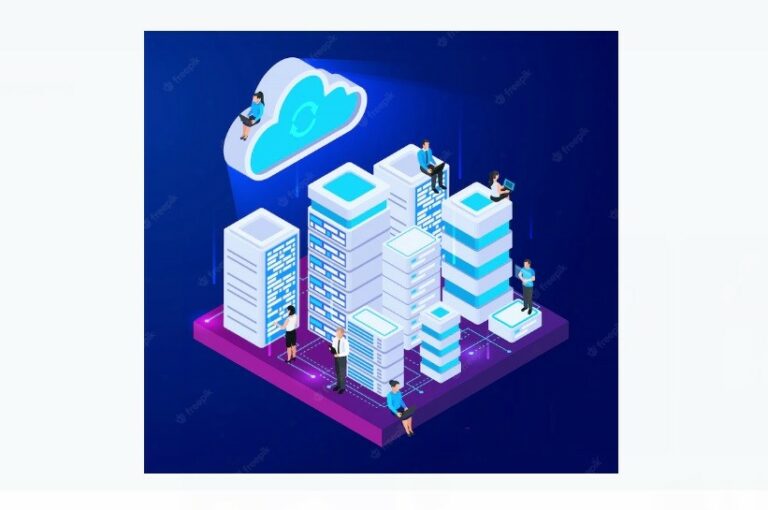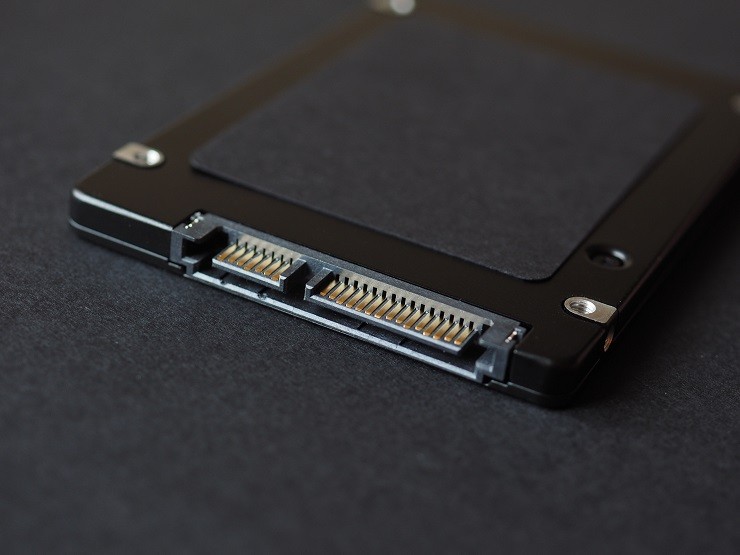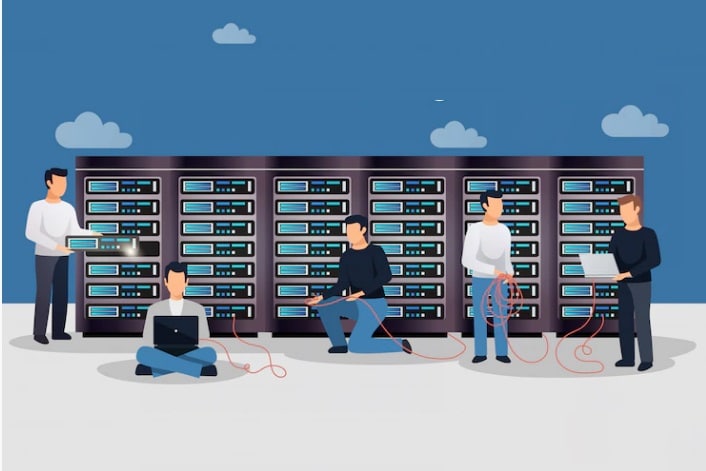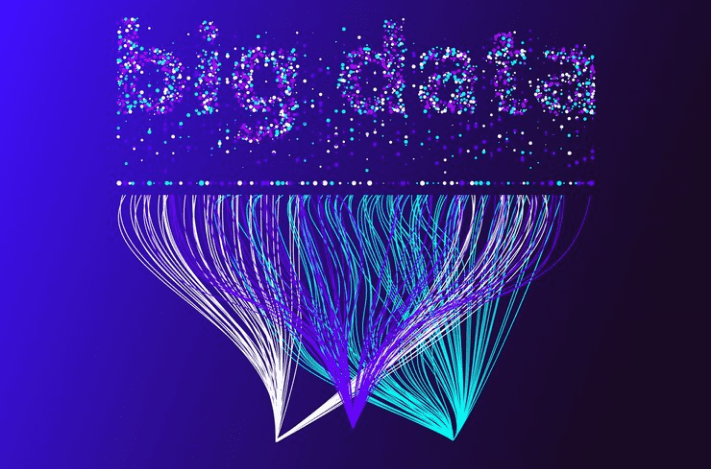Far from sitting back as their name is smeared in the mud by disk-based rivals, tape companies have adopted an aggressive slant to set the record straight on the technology’s value proposition. Tape storage providers such as BDT, Crossroads Systems, FujiFilm, HP, IBM, Imation, Iron Mountain, Oracle, Overland Storage, Quantum, Spectra Logic and Tandberg Data are banding together with a message that has morphed from “tape isn’t so bad” to “tape is better than disk.”
Here are the top 10 reasons tape not only isn’t dead, but is thriving, and it might even be better than disk — in certain instances, of course.
1. Cost Of Ownership
According to storage analysts, tape is less expensive than disk in many applications. David Reine of Clipper Group found that LTO-5 tape costs up to 15x less than SATA disk for long-term archiving of large quantities of data. Enterprise Strategy Group (ESG) research points to tape costing up to five times less than VTL with deduplication for backup. And Fred Moore of Horison Information Strategies stated that a single administrator on average can manage up to 100 terabytes of disk data or up to multiple petabytes of data on tape.
2. Reliability
The horrors of tape data loss have been heavily publicized by the disk-only lobby. But the truth may be quite different from the propaganda. An internal study by tape user the National Energy Research Scientific Computing Center (NERSC) discovered that tape media cartridges are up to four orders of magnitude more reliable than SATA disk drive, with tape automated tape systems having a reliability level of more than five-nines (99.999 percent).
“You are 100 times more likely to have bad data on disk than you are on an LTO-5 tape drive, and 10,000 times more likely than if the data is stored on a T1000C or TS1130 drive,” said storage analyst Curtis Preston.
3. Capacity
While many are agog at disk sizes for SATA soaring to as high as 4 TB, nobody seems to notice that the largest tape cartridge remains larger at 5 TB. And a roadmap exists to take it much higher.
4. Innovation
Tape innovation continues at a fast pace. The Linear Tape File System (LTFS), for instance, allows tape be used as NAS storage. An LTFS appliance by Quantum is one example of tape NAS.
Another recent innovation is tape as an active archive — i.e. it doesn’t just consist of one big dormant mass of data that no one ever needs. It contains data that must be on hand for the organization and is easily and rapidly accessible. For example, the National Energy Research Scientific Computing Center (NERSC) runs a supercomputer that is one of the 10 largest in the world — 150,000 cores. Its storage environment gathers 20 TB to 40 TB per day, which is regularly dumped into its tape system, which is now around 20 PB.
“Our active archive has a re-read rate of which about 30 percent is active data,” said Michael Welcome of NERSC.
“With tape, you might lose one of two files out of many PB, whereas on disk you lose everything if there is a problem.”
5. Big Data
The popular misconception is that tape lingers on at a backup target while disk dominates everywhere else. That might have been true up to 2009, but the tide has turned. For access to large quantities of stored data, tape’s role in big data, cloud, HPC and IT operations is expanding dramatically. Innovations in data integrity verification and file system interfaces allow tape to protect very large data sets required in big data.
“A study of technology deployments for Big Data applications found that 35 percent of respondents already are using tape as part of their storage infrastructure for big data,” said Addison Snell of Intersect360 Research.
6. Tape Growth
Many numbers are cited that tape is dwindling slowly in market share, and there has been some truth to that. However, according to ESG, the midrange and enterprise tape market is expected to grow 45 percent per year through 2015.
IDC numbers place the size of the tape market in 2011 at more than $2.2 billion dollars. That’s just counting drives, library automation and open system media. It does not include the additive software ecosystems or proprietary enterprise media revenues.
7. Footprint
Media and broadcast entertainment empire National Geographic is a big tape user.
“Tape is the cornerstone of our unstructured media archiving process,” said National Geographic’s Kyle Knack. “We can cram many PBs in a couple of racks of space, which provides huge cost savings. In addition, the power and cooling savings are significant.”
8. Tape In The Cloud
Some think the cloud represents the end of tape. However, it may mean a new beginning.
“Tape has a bright future in the cloud,” said Rich Gadomski of Fujifilm.
His company has just launched a cloud-based archive called Permivault. It uses a small amount of disk cache to eliminate information retrieval latency. It is powered by technology from Crossroads.
“We combine disk for performance and tape for cost and reliability,” said Gadomski. “Keeping tape online all the time is much cheaper than spinning disk.”
9. Density
Much is made of disk’s leaps in density or the CPU performance jumps in accordance with Moore’s Law. But what about tape? Gadomski said that the density of tape is increasing about at 50 percent per year compared to less than 20 percent for disk.
10. Traditional Tape
Meanwhile, many organizations continue to use tape for its traditional uses — backup, disaster recovery and compliance. Gartner Group found that 78 percent of enterprise backup users utilize tape. This can either be straight to tape, disk-to-tape (D2T) or disk-to-disk-to-tape (D2D2T). Regardless of the inclusion of disk, tape continues to dominate the back end.
Santa Clara Consulting group figures for first-quarter 2012 put capacity for tape shipped at 5000 PB for the first time. For 2011, it topped 18,000 PB. Overall, 10 percent more tape is being shipped than disk.





